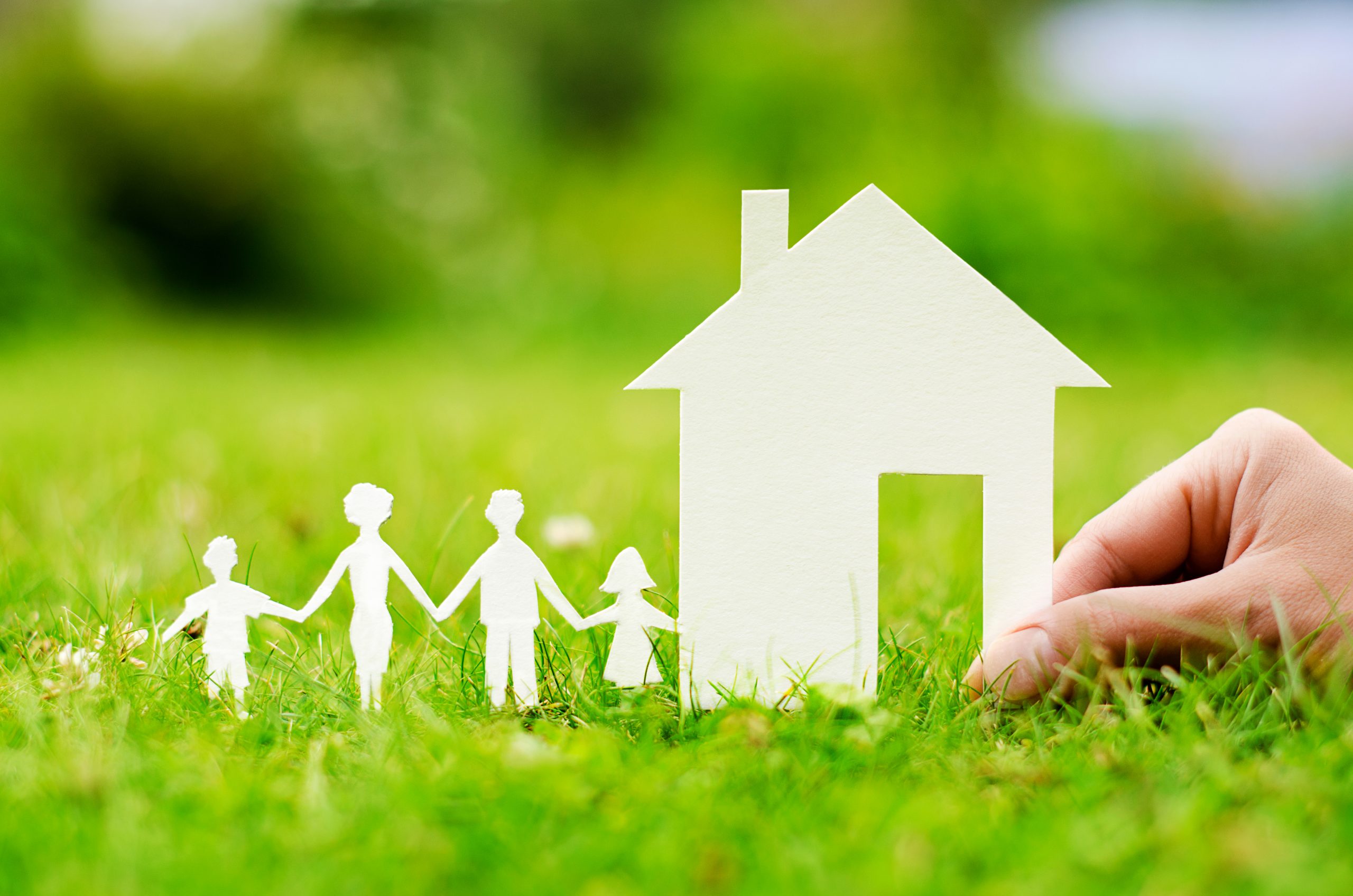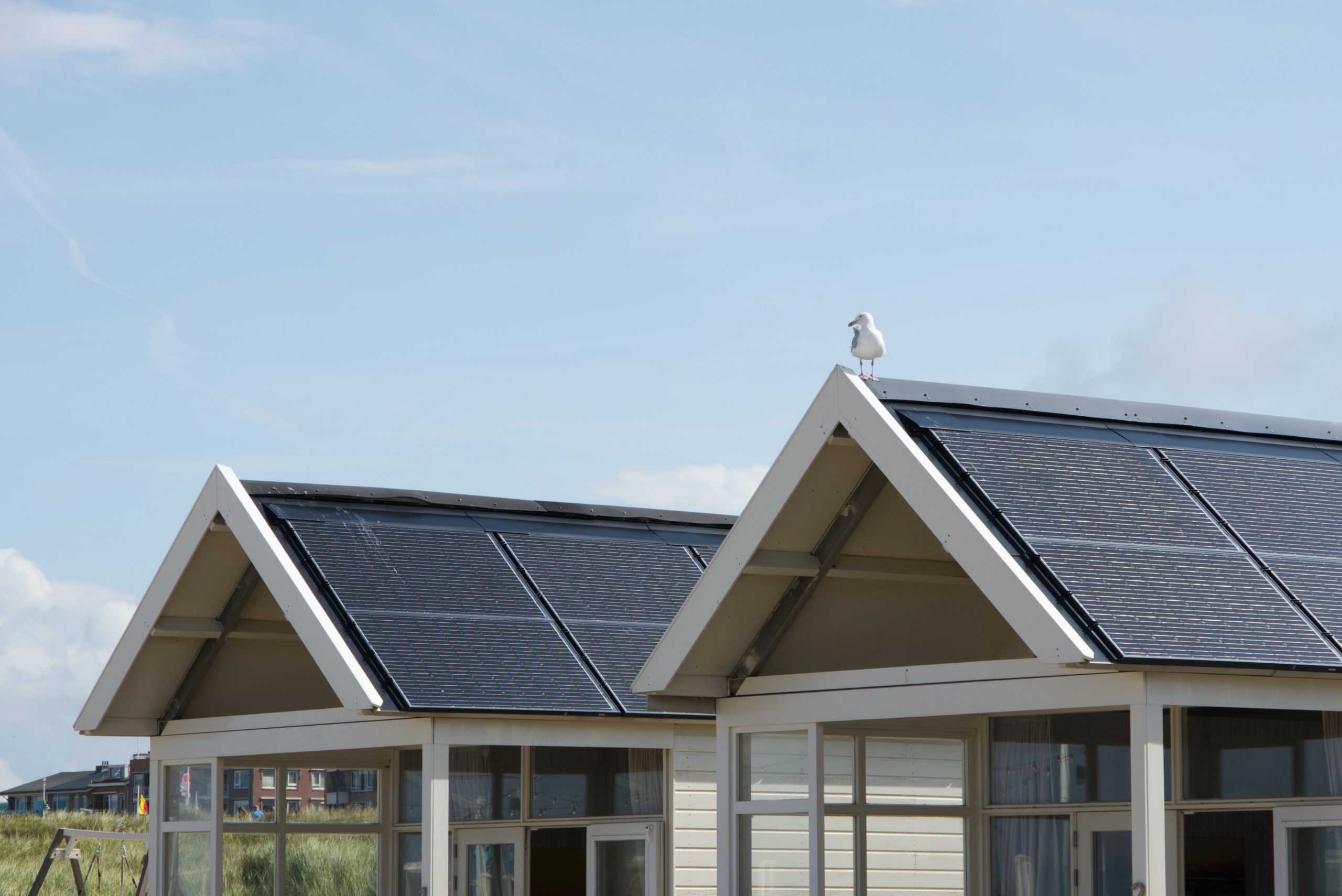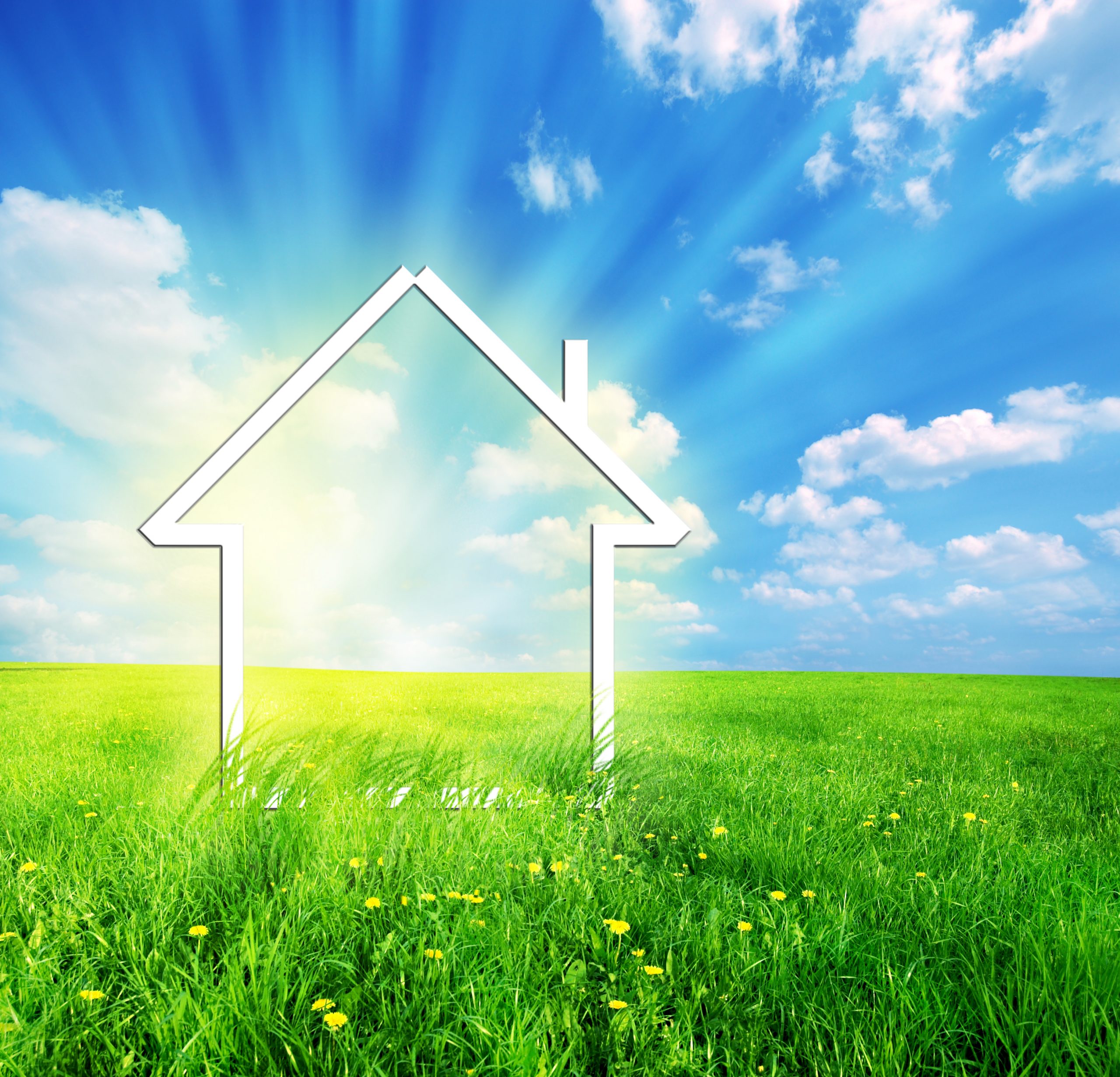Given the current state of the global climate, higher building costs, gas prices, and environmental protection laws, many people are asking how they can create a more eco-friendly home. But what does that entail?
One study shows that as many as 93% of people are concerned about the environment, and 77% want to learn how to live more sustainably. Unfortunately, most don’t know how to curb carbon emissions in their homes.
However, by becoming more aware of our carbon footprint and making practical changes at home, we can make a global impact on climate change. This article will review what an eco-friendly home entails, what EnergyStar means, the types of environmentally-friendly home building, and other green home improvements you can make now.

Small environmental steps can make a difference over time, especially to your pocketbook!
What is an Eco-house or Green Home?
An eco-friendly home – also called a green home – is an environmentally sustainable house with lower-footprint appliances and materials. Some examples that make an eco-house “green” include sustainable building materials, efficient fixtures, and less electricity and water usage.
However, being green at home doesn’t mean checking every eco-friendly box to be effective. Sustainable housing can include simple changes such as replacing old insulation, recycling, using energy-efficient appliances and light bulbs, and utilizing passive lighting during the day.
Features that can make a home eco-friendly include:
- Sustainably sourced and non-toxic building materials
- Excellent insulation for airtightness to prevent loss of heating and cooling
- Water-conserving irrigation systems
- Efficient windows and doors
- EnergyStar-rated lights, water systems, and heating and cooling systems
- Solar panels for renewable energy
- Passive house lighting with well-placed windows
What does EnergyStar mean?
According to EnergyStar.gov, Energy Star products offer the same or better function than regular products. For products to earn an ENERGY STAR, they must meet specific efficiency criteria established by the US Department of Energy or the US Environmental Protection Agency.
How do EnergyStar Appliances Make Your Home Energy-Efficient?
Energy Star products use less energy, help consumers save money, and help protect the environment. Examples of appliances that are available with an Energy Star rating include:
- Televisions
- Equipment that enters a sleep mode after a period of inactivity
- Furnaces
- Light bulbs
- Washers and dryers
- Cooling and heating systems
- Refrigerators
- Dishwashers
If you need to replace any appliances and want to pay less on energy bills, consider replacing old appliances with one that has an Energy Star rating.

Solar panels help save energy and money.
Eco-Friendly Home Building
How homes are built has a significant impact on their sustainability and impact on the environment. Fortunately, eco-friendly home building is becoming more mainstream. Many new housing developments across the nation only use renewable green building materials and install solar panels on every home.
If you are considering buying or building a new home, there are several ways to make your home more eco-friendly. Here are a few ways to do that:
- Build a smaller home that requires less energy
- Use renewable, recycled, or local building materials
- Install water-efficient and energy-efficient appliances with an Energy Star rating
- Add solar panels
- Build your home to take advantage of the natural light in your home
- Use Energy Star lighting
- Properly insulate the home to prevent heating and cooling losses
- Use low-water landscaping
- Consider a “green roof” – a layer of vegetation over a waterproofing system on a roof.
If a new build is out of the question, consider seeing if any green homes are for sale in your area.
Best Eco-Friendly House and Home Design Improvements
Making your home more eco-friendly doesn’t mean buying a new house altogether. Most people can create a greener and more environmentally friendly home by making smaller changes.
You can also use many DIY or easily outsourced improvements to curb energy consumption and positively impact the environment.
For example, consider having an energy audit done on your home, so you know where energy improvements are needed. An energy audit is an inspection and analysis of where the energy is going in your home. Many homeowners use this service to prevent wasting energy, improve air quality, and save money on energy bills.
If an energy audit isn’t in the budget, you can do a basic energy audit on your own. Visit Energy.gov for more information.
Once you clearly understand where your energy sources are underutilized, you can make actionable changes. Keep in mind that newer homes tend to be more energy-saving than older ones, but there is usually room for improvement either way.
Some of these eco-friendly home improvements that are often also less expensive may include:
- Installing new attic insulation
- Repair cracked glazing around window panes
- Use No-VOC paints for home improvement projects
- Spray foam around door trims and exterior windows
- Caulk interior doors and window trim
- Install faucet aerators and low-flow showerheads to reduce water usage
- Instead of buying new furniture, DIY your old furniture and reuse it
- Consider purchasing pre-owned furniture that would end up in a landfill
- Replace inefficient and energy-wasting appliances such as washers/dryers and refrigerators with appliances with an Energy Star rating
- Use recycled materials for new home construction
- For home design, create DIY art or purchase locally-sourced art and decor
Benifits of Building Green
Aside from helping save the planet and reducing fossil fuels, there are many additional personal benefits to creating a more efficient home. Eco-houses often provide other unique benefits, such as:
- Cost-effectiveness
- Enhanced health (from using non-toxic paints and materials)
- Better indoor air quality
- Better indoor heating in winter and cooling in summer
- A more durable home
- Pride in sustainable house design and use of eco-friendly materials
In summary
Whether you are just starting a green housing journey or aiming for a zero-carbon lifestyle, there are many ways to create a more environmentally friendly home. By becoming more aware of our carbon footprint and making practical changes at home, we can impact climate change globally. Small steps make a significant environmental impact over time.
Additional recommended reading:

